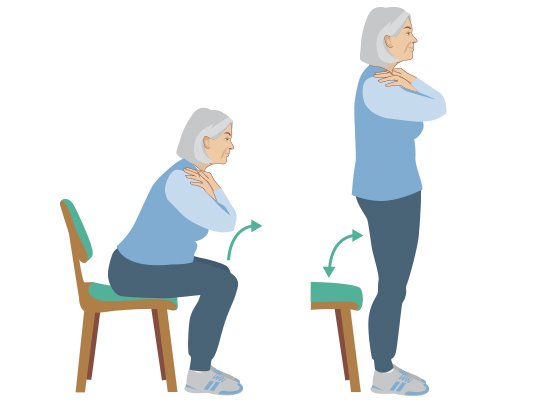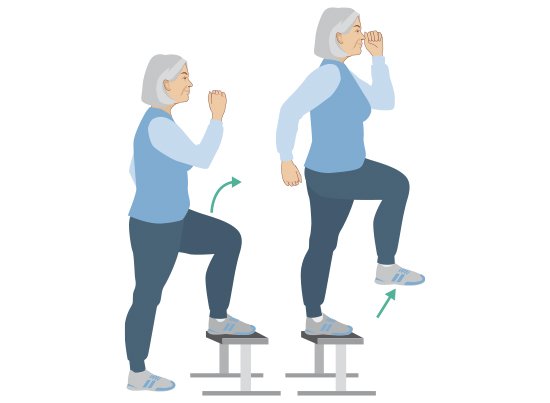Exercise and sports for people with osteoporosis

Certain exercises are recommended for the treatment of osteoporosis. They help to keep the bones stable. They also strengthen your muscles and improve your balance. The most suitable exercises will depend on your personal situation.
It is a good idea to keep physically active, both for the prevention and treatment of osteoporosis. Strengthening your muscles and bones improves your mobility and also reduces your risk of falls in older age.
The most suitable choice and frequency of exercises will depend on your personal situation and overall health.
The main aim of doing exercises for osteoporosis is to try to prevent bone fractures. Osteoporosis-related bone fractures can even be caused by strains on the bones that would be harmless for healthy bones. Doctors call them “fragility fractures.”
Wrist or hip (femoral neck) fractures are usually caused by falls. But spinal bones (vertebrae) may already fracture due to excessive or incorrect strain – for instance, when lifting something too heavy or the wrong way. Because of this, not all exercises and sports are suitable for women and men with osteoporosis in their spinal bones.






